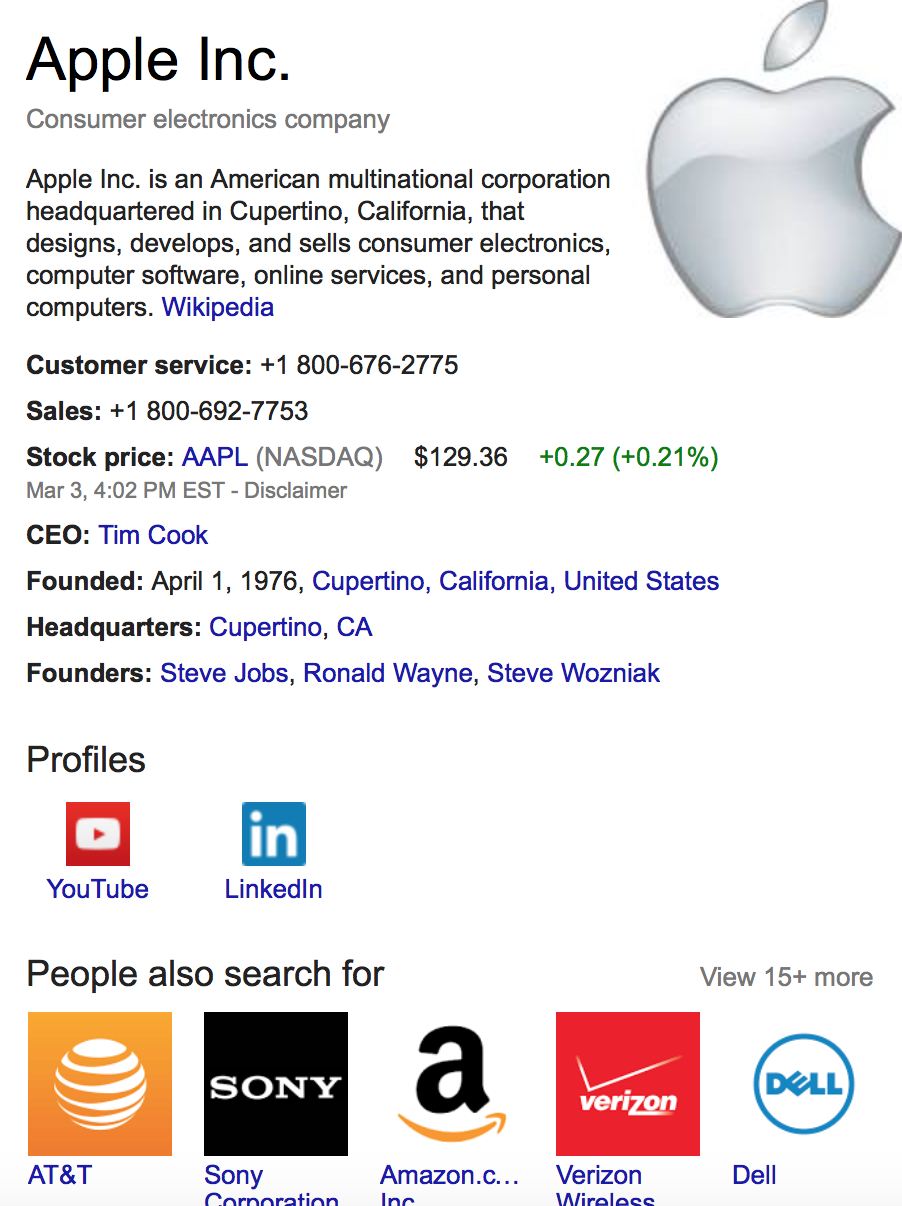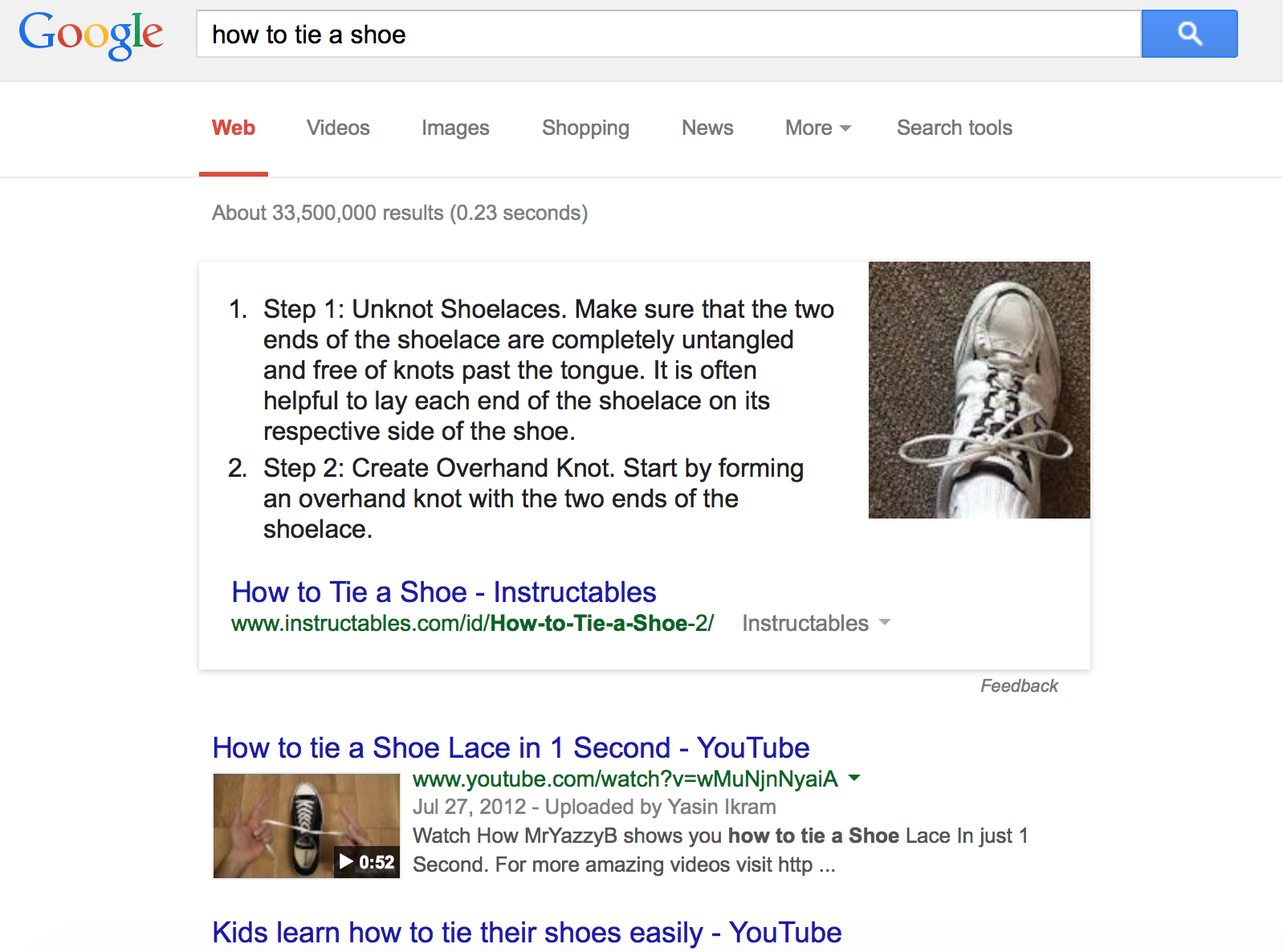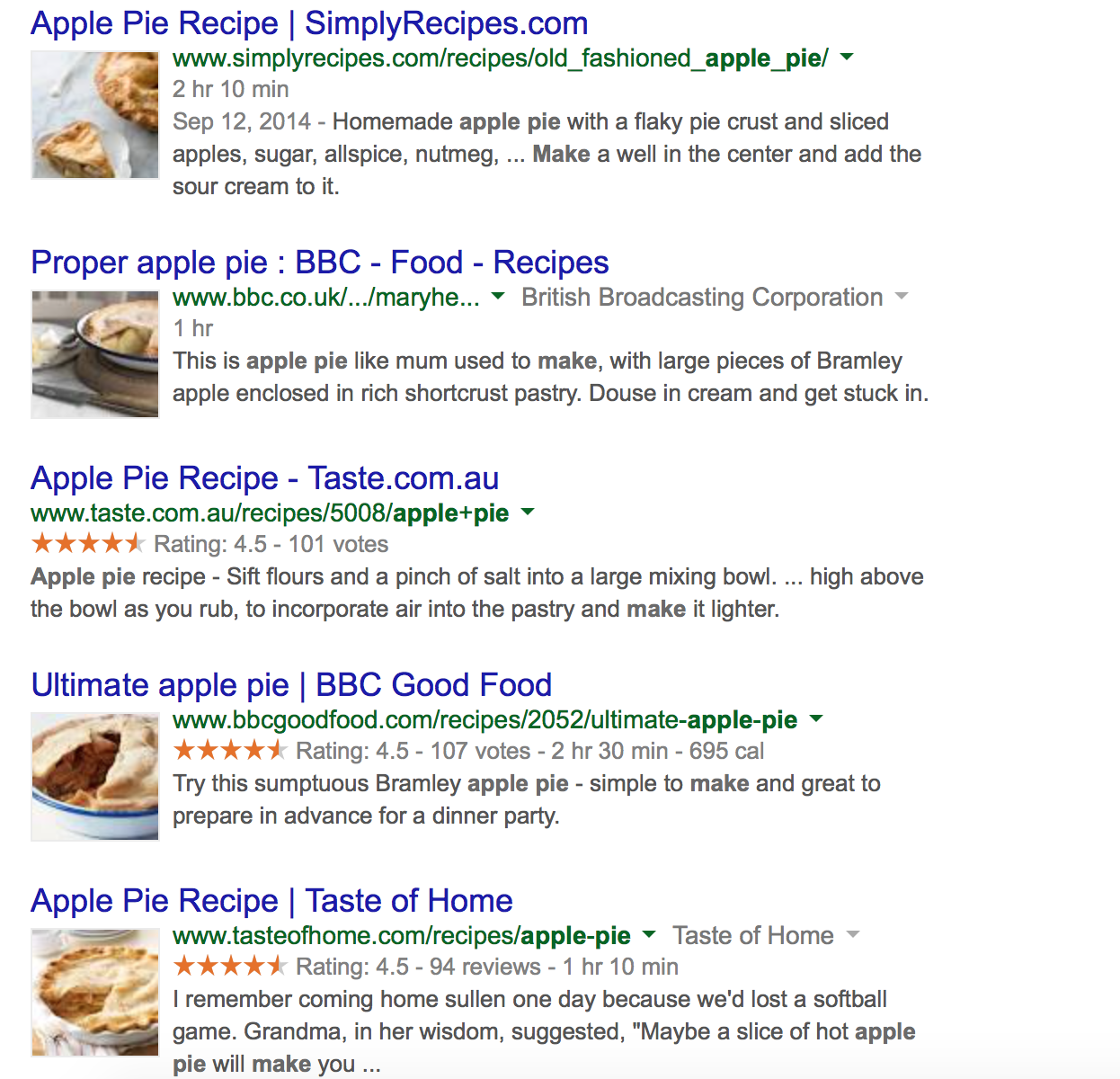On May 16, 2012, Google announced a new search-engine display feature, The Knowledge Graph.
It has been three years since its introduction but still, there are a lot of bloggers and online businessmen who aren’t aware of its impact. More importantly, they don’t know how the Knowledge Graph may have damaged their search engine traffic potential and how they can leverage it to their own benefit.
In this post, we are going to discuss the impact of Knowledge Graph and how you can use it to your own advantage.
So let’s start from the top.
Explaining Google’s Knowledge Graph
When Google released the new feature of Knowledge Graph (KG), it was termed as one of the most intelligent search engine updates. According to many SEO professionals, Google “actually became smarter” with the introduction of the Knowledge Graph.
This means that you also have to be a lot smarter to compete and survive with this important search engine evolution.
So what is the Knowledge Graph?
It is Google’s own way to provide specific answers to queries and questions in a direct way. In other words, you don’t have to browse a dozen web pages to get the answers you’re looking for. Google’s Knowledge Graph does it for you. Moreover, it also helps users to find more detailed information about certain people, brands, and businesses.
According to Search Engine Land, The Knowledge Graph “understands facts about people, places, and things, and how these entities are all connected.”
And trust me, that is one of the most important features of Google’s Knowledge Graph.
Here are a few examples of it in action. You must have seen these results hundreds of times. It’s the Knowledge Graph.

What Do You Need to Do About the Knowledge Graph?
Let’s get into our main topic — the aspect that you should be most interested in.
How can you leverage this Knowledge Graph thing and make it work for you? Since its introduction, the Knowledge Graph has impacted organic traffic of almost all the top-ranked websites. So how can you make sure that it doesn’t hurt yours?
In this segment, we discuss that.
It is important to first understand the main purpose of the Google’s Knowledge Graph. Google wants to provide its users the best possible and most accurate results in the shortest span of time. As a blogger, digital marketer, or a content marketer, your purpose is exactly the same — to provide your target audience with specific content as soon as possible and lure them in.
So, in a way, if you see you will realize that the Knowledge Graph and your content marketing efforts have pretty much the same purpose. And this is why you can break into the Knowledge Graph and get your website listed into the Knowledge Graph.
This can unlock a huge potential of search engine traffic. Moreover, it also marks your credibility as an authority website in a given niche.
Here is an example of how Instructables.com did it with a relatively simple keyword “how to tie a knot”.

Here are a few important tips for you to get into the system and leverage the Knowledge Graph for your own benefits.
1. Optimize Content As You Normally Do
If you are already ranking on the first page of Google, you must be doing something right.
So, if that is the case, focus on optimizing your content as you normally do. When you are in the top 5 search engine results for any given keyword, you have a much better chance to getting into the Knowledge Graph.
2. Use Schema Markups Whenever Possible
It is arguably the quickest and most effective way to get the Knowledge Graph to return your results in graph boxes.
It is understood that Google prefers web pages with schema markups. Moreover, the Knowledge Graph depends heavily on the markups to provide helpful search engine results. So, ideally, you should be using them whenever possible.
You can find plenty of schema markups on Schema.org.
Here is an example of how contents with markups are displayed by the search engines. As you will realize, the search results (recipes, in this case) with images, time duration, rating, and reviews, etc. are more likely to be clicked by Internet users.

3. Encourage Customer Reviews and Testimonials
One of the most common Knowledge Graph results is the customer reviews.
If you are operating a business — whether it is an online business or an offline one — it is highly recommended to encourage more customer reviews and testimonials.
More detailed reviews will be more helpful in your cause. The concept is to provide your potential customers a good idea about your business, and nothing does it better than independent customer reviews.
4. Answer Specific “How-to” Questions
Google loves actionable “how-to” contents because its users love them, too.
As you can see, in our earlier example, the search engine result page for the keyword “how to tie a knot” had a Knowledge Graph.
You can use that as an inspiration and create content on those models.
Answering specific “how-to” questions in a very clear manner can increase your chances of getting into the Knowledge Graph.
5. Step-by-Step Instructional Guides
You must have noticed that the Knowledge Graph — more often than not — brings search engines results that have step-by-step instructional guides about a certain query.
Be that website and you will have a much better chance to get the Knowledge Graph return your results in the graph boxes.
6. Write Better Headlines and Increase the CTR
Google puts a lot of focus on the CTR a web page receives via the search engine. It is a big indication of how useful that content is.
The best — and probably the easiest — way to increase the CTR is by writing better and more interesting headlines. By creating better headlines, you will be able to improve the CTR and, therefore, increase your chances of getting into the Knowledge Graph.
Conclusion
The Knowledge Graph isn’t going anywhere. It will continue to affect search engine rankings and organic traffic for websites that are generally ranked on the first pages of Google.
But it is an important development nevertheless. And if you are going to compete and survive in the digital marketing world, you will have to learn to love it.
